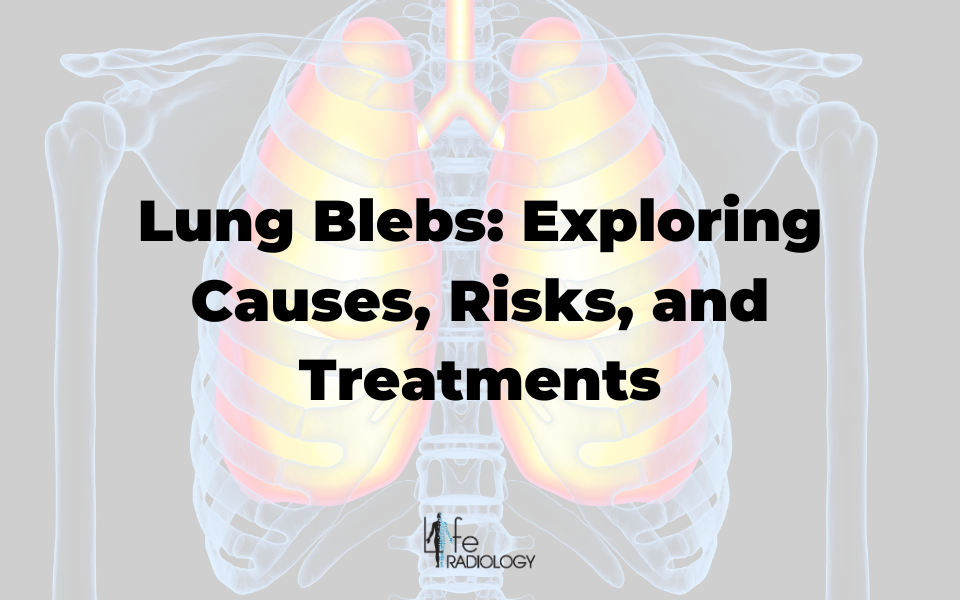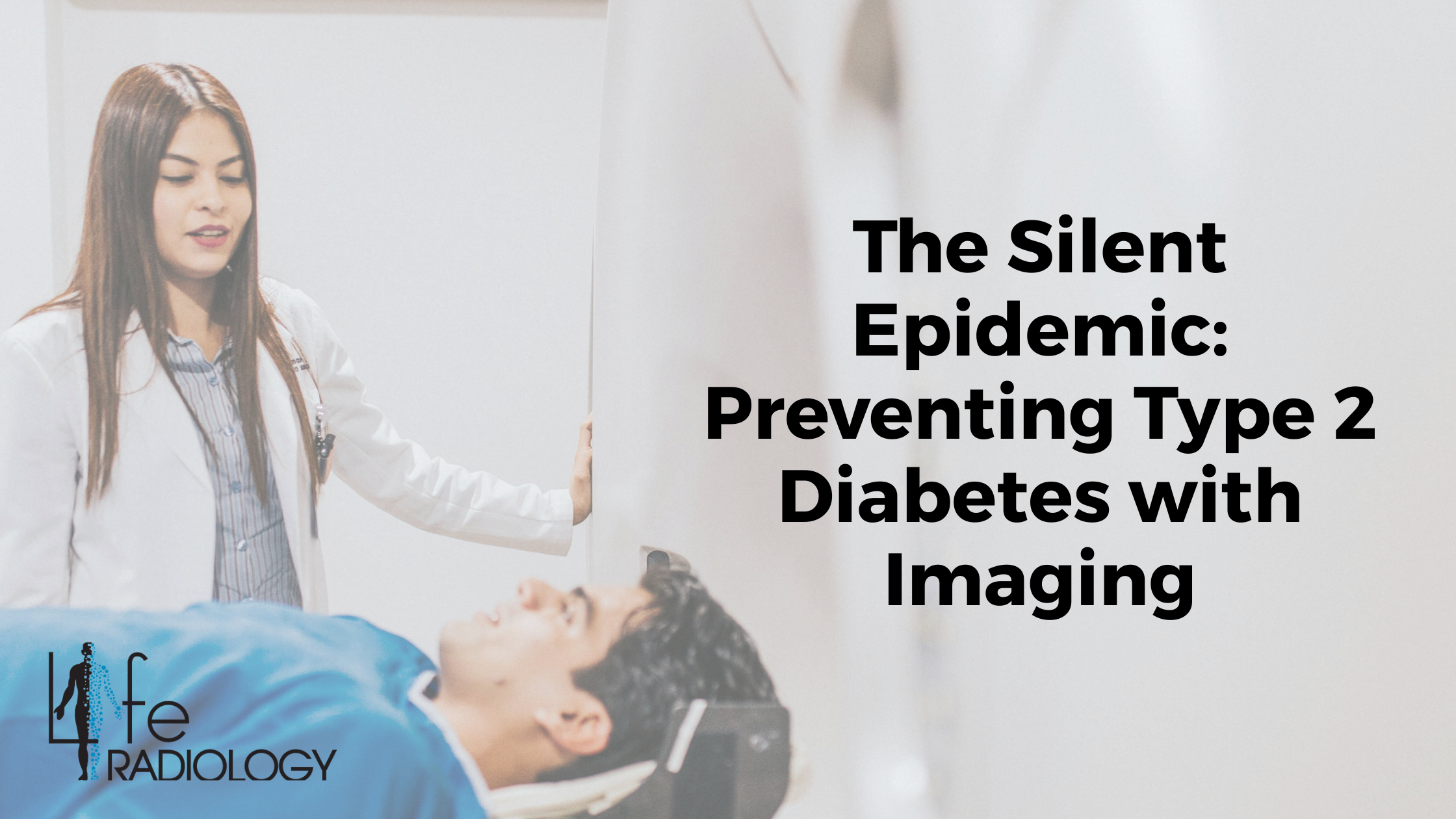Lung Blebs: Exploring Causes, Risks, and Treatments
Lung blebs, often misconstrued or overlooked, are delicate air-filled sacs located on the lung's surface. These blebs, or bullae, when more significant in size, can lead to severe complications if left unattended. Understanding their causes, associated risks, and available treatment options is vital in managing and preventing potential complications.
Causes of Lung Blebs:
Lung blebs primarily occur because of the spontaneous rupture of subpleural alveoli, the tiny air sacs in the lungs. This rupture creates small air pockets that form blebs on the lung surface. Several factors contribute to their formation, including:
- Genetic Predisposition: Some individuals inherit a predisposition to developing blebs, making them more susceptible to this condition.
- Smoking: Chronic smokers face an increased risk of lung blebs due to the damage caused by long-term exposure to smoke.
- Lung Diseases: Chronic obstructive pulmonary disease (COPD), emphysema, and other lung conditions can weaken lung tissue, leading to bleb formation.
- Trauma: Chest injuries or trauma can cause blebs to form, especially if there's damage to the lung tissue.
- Connective Tissue Disorders: Conditions like Marfan syndrome or Ehlers-Danlos syndrome, which affect connective tissues, can weaken lung structures, potentially leading to the formation of blebs.
- Infections and Inflammatory Conditions: Severe or chronic lung infections and inflammatory lung diseases such as sarcoidosis may damage lung tissue, increasing the likelihood of bleb formation.
- Occupational or Environmental Exposures: Prolonged exposure to substances like silica dust or asbestos, common in certain occupational settings or environmental pollutants, can damage lung tissues, contributing to bleb development.
Risks Associated with Lung Blebs:
While small blebs might remain asymptomatic and go unnoticed, they pose potential risks, especially when they enlarge or rupture. Some risks associated with lung blebs include:
- Pneumothorax: The most concerning risk is pneumothorax, where a bleb rupture leads to air leaking into the pleural cavity, causing lung collapse.
- Respiratory Compromise: Larger blebs can compress healthy lung tissue, affecting breathing and leading to decreased oxygen levels in the blood.
- Infections: Blebs might also become infected, leading to conditions like pneumonia if not treated promptly.
Treatment Options for Lung Blebs:
The treatment approach for lung blebs depends on their size, symptoms, and associated risks. Options include:
- Observation: Small, asymptomatic blebs might only require monitoring, especially in individuals with no history of complications.
- Surgery: For larger blebs or those prone to rupture, surgical intervention might be necessary to remove or repair the affected area and prevent further complications.
- Pleurodesis: This procedure involves creating adhesions between the lung and chest wall to prevent air accumulation in the pleural space.
- In specific cases, healthcare providers can use laser therapy to seal blebs, thereby preventing air leakage and managing the condition.
Preventive Measures for Lung Blebs:
In addition to understanding lung blebs and their treatments, adopting preventive measures is pivotal in reducing the likelihood of their occurrence or progression:
- Smoking Cessation: Quitting smoking significantly mitigates the risk of developing lung blebs. The cessation of this habit prevents further damage to lung tissues, reducing the likelihood of bleb formation.
- Regular Check-ups: Consistent medical check-ups and lung function assessments are crucial for early detection. Routine visits to healthcare professionals enable timely identification of any potential issues, allowing for prompt intervention.
- Healthy Lifestyle Choices: Embracing a healthy lifestyle by consuming a balanced diet, engaging in regular exercise, and minimizing exposure to environmental pollutants fosters better lung health. These practices strengthen the lungs and lower the susceptibility to various lung-related ailments, including the formation of blebs.
Diagnostic Procedures for Lung Blebs:
Diagnosing lung blebs involves specific procedures to accurately identify and assess their impact:
- Imaging Tests: X-rays and CT scans serve as primary diagnostic tools to visualize and evaluate lung blebs. These imaging techniques provide detailed information regarding the size, location, and severity of the blebs.
- Pulmonary Function Tests: Conducting pulmonary function tests aids in assessing lung capacity and functionality. These tests help in understanding the extent to which blebs might affect breathing and overall lung function.
Impact of Lung Blebs on Daily Life:
The presence of lung blebs can significantly influence daily activities and mental well-being:
- Breathlessness and Exercise Limitations: Larger blebs or complications such as pneumothorax can hinder physical activities, leading to breathlessness and exercise limitations. Managing these limitations becomes crucial in maintaining a good quality of life.
- Emotional and Mental Well-being: Coping with a chronic lung condition can impact mental health, causing anxiety or stress. Engaging in stress-relief activities or seeking emotional support can assist in managing these challenges effectively.
Research and Future Perspectives:
Exploring advancements in understanding and treating lung blebs provides insight into the future of managing this condition:
- Stem Cell Therapy and Regenerative Medicine: This innovative approach targets the repair or replacement of impaired cells, showcasing potential as a novel treatment strategy for lung blebs.
- Minimally Invasive Procedures: Techniques like endoscopic interventions and targeted therapies aim for precise bleb resolution while minimizing invasiveness and reducing recovery periods.
- Biological Markers and Genetic Studies: Ongoing studies aim to identify distinct biological markers linked to the onset of lung blebs. Simultaneously, genetic research seeks to pinpoint predisposing genetic factors contributing to bleb formation.
- Clinical Trials and Innovative Treatments: From aerosolized medications to targeted therapies and immunomodulatory approaches, these trials aspire to offer more efficient, tailored treatment modalities for individuals grappling with this condition.
- Technological Innovations in Diagnosis: Advancements in imaging technologies, such as high-resolution CT scans and AI-assisted image analyses, revolutionize diagnostic precision. These facilitate earlier and more accurate detection of blebs, allowing for prompt intervention and improved management.
Conclusion:
As medical science advances and multidisciplinary collaborations deepen, the future of managing lung blebs appears promising. Novel treatments, innovative diagnostic tools, and personalized approaches may redefine how we prevent, diagnose, and treat this condition, potentially enhancing the quality of life for those affected.
Awareness, early detection, and proactive management are crucial in addressing lung blebs. Seeking medical advice, adopting preventive measures, and staying informed about emerging research pave the way for better outcomes and a healthier tomorrow for individuals facing this condition.
FAQs
1. What are lung blebs?
Lung blebs are small air sacs on the lung surface, often likened to air-filled blisters, ranging from tiny sacs to more oversized pockets called bullae.
2. What causes lung blebs?
Factors contributing to lung blebs include genetics, smoking, lung diseases (e.g., COPD), chest trauma, connective tissue disorders, infections, environmental exposures, and past lung surgeries.
3. Are lung blebs dangerous?
While tiny blebs may be asymptomatic, larger ones can pose risks like spontaneous rupture leading to pneumothorax or compressing healthy lung tissue, impacting breathing.
4. What are the symptoms of lung blebs?
Symptoms might not always manifest, but if present, they include chest pain, shortness of breath, difficulty breathing, and, in severe cases, sudden sharp chest pain due to a pneumothorax.






